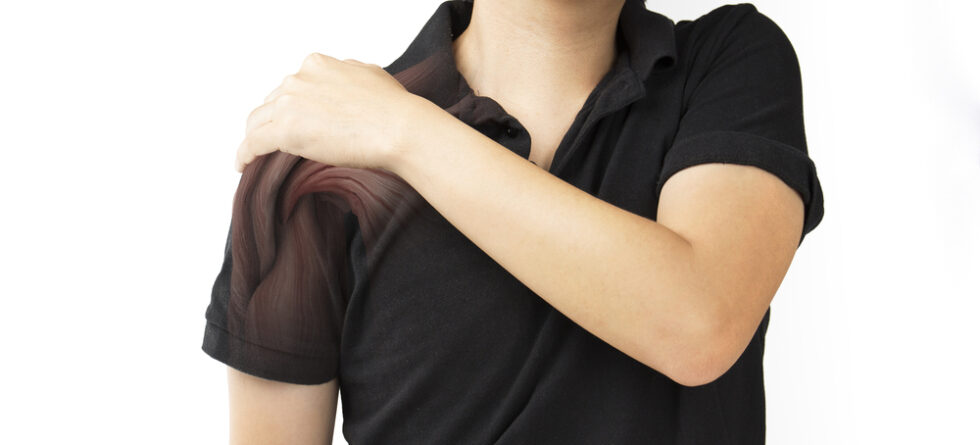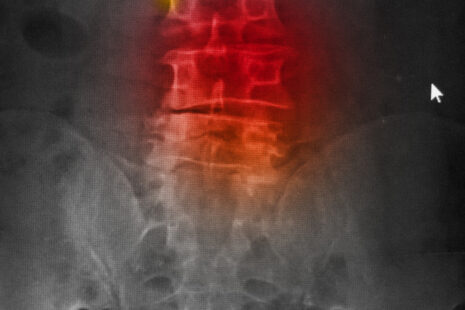A torn shoulder ligament can be a painful and debilitating injury, significantly affecting an individual’s ability to perform daily activities and engage in sports or physical exercises. The shoulder is a complex joint with several ligaments that provide stability by securing the bones of the shoulder together. When one of these ligaments is torn, the symptoms can vary depending on the severity of the tear but generally include…
Pain
- Immediate and Intense – Initially, the pain is sharp and severe immediately after the injury occurs, especially with acute tears from trauma.
- Persistent Ache – Over time, the pain may become a dull, persistent ache that worsens with movement or when pressure is applied to the area.
- Pain with Specific Movements – Certain movements, particularly those that involve lifting the arm or moving it away from the body, can exacerbate the pain.
Swelling and Inflammation
- Visible Swelling – The shoulder area may swell, contributing to a visible deformation or puffiness around the joint.
- Warmth and Redness – The skin over the injured area might feel warm to the touch or appear reddened due to inflammation.
Limited Range of Motion
- Stiffness – The shoulder may become stiff, making it difficult to move.
- Reduced Mobility – There may be a significant reduction in the range of motion, with individuals often unable to lift the arm overhead or rotate it fully.
Instability
- Feeling of Looseness – The shoulder may feel loose or as if it could pop out of place, especially if the ligament tear affects the joint’s stability.
- Subluxation or Dislocation – In severe cases, the shoulder may partially (subluxation) or fully dislocate.
Weakness
- Difficulty with Shoulder Tasks – There can be an overall weakness in the shoulder, making it hard to perform tasks that require lifting or pushing.
- Muscle Atrophy – In chronic cases, muscle weakness and atrophy around the shoulder might develop due to decreased use.
Sounds
- Popping or Cracking – Some individuals might hear a popping or cracking sound at the time of injury, followed by pain.
Diagnosis and Treatment
Proper diagnosis typically involves a physical examination and imaging tests such as X-rays, MRI, or ultrasound to confirm the extent of the ligament tear and to rule out other injuries like fractures or muscle tears. Treatment varies based on the severity of the tear and can range from conservative measures to surgical intervention.
- Rest and Ice – Initial treatment often includes rest and ice to reduce swelling and pain.
- Physical Therapy – Rehabilitative exercises to strengthen the muscles around the shoulder and restore range of motion.
- Medications – Pain relievers and anti-inflammatory drugs can help manage symptoms.
- Surgical Repair – In cases where the ligament tear is severe and does not respond to conservative treatment, surgical repair may be necessary to restore shoulder stability and function.
Recovery time varies widely depending on the tear’s severity and the treatment approach. It’s necessary for individuals experiencing these symptoms to consult with a healthcare provider for an accurate diagnosis and appropriate treatment plan.




